Nonprofit organizations need a lot of things. They need a compelling mission. They need devoted, competent staff and volunteers. They need money to operate—to fulfill their mission.
That last need—money—is where charitable organizations often find themselves lacking. Severely lacking.
Why is that?
Some say there isn’t “enough.” Enough funds. Enough generous donors. Some say it’s because there are “too many”. Too many organizations chasing too few funds. That’s the “competitive” explanation.
The real reason nonprofits struggle is something quite different. What nonprofits are most in need of is imagination. Lots of it.
First, let’s dispel the “not enough” theory. Paul Schervish at Boston College demonstrated a generation ago that philanthropy is not a fixed quantity. It’s elastic. The amount available goes up and down depending on the engagement of the donor.
Second, let’s deal with the “competition” conundrum. When folks use “competition” as the culprit they invariably mean all the nonprofits out seeking funds. That’s bunk because nonprofits vary widely by mission. Donors who give to one mission won’t give to others. An organization is only in “competition” with another organization with the same mission and constituency. There are very few of these.
This gets us back to the real reason. Sufficient imagination. Imagination on the part of nonprofit leaders.
Far too often nonprofit leaders are minimalists. “What is the minimum we need to accomplish. . .(whatever)?” They think in scarce, minimal terms. Since we’re “asking for money” what’s the least amount we can ask for (and feel comfortable about it)?
The error in this logic is that donors are, without exception, maximalists. They think in terms of what could be if. . .
Donors are seeking organizations whose leadership is bold. Whose leadership thinks in imaginative, out-of-the-box terms. Leadership which wants to demonstrate to the world what can be achieved.
I spoke with a philanthropy broker last week who expressed his frustration with nonprofits. A philanthropy broker is a financial professional whose job it is to find opportunities for his clients to invest the funds they’ve set aside for philanthropy.
“Larry, he said, “we all know about the hundreds of millions of dollars flowing into donor-advised funds for lack of a specific place to go. I’m not talking about that. Right now among my own clients, I have over $30 million sitting on the sidelines because there’s no imagination among nonprofit leaders.”
The first step to rectify this sad state of affairs, is for your organization to stop thinking in terms of “need” and begin thinking in terms of “want.” “We want to (change, do, accomplish). And we’ll show you what we accomplished.”
As a nonprofit leader, if you can display imagination and drive, the doors of opportunity will (suddenly) open wide for you. The Eight Principles of Sustainable Fundraising® are your guide to expansive thinking.
Larry C. Johnson is the Founder of The Eight Principles and the author of the award-winning book, The Eight Principles of Sustainable Fundraising.



